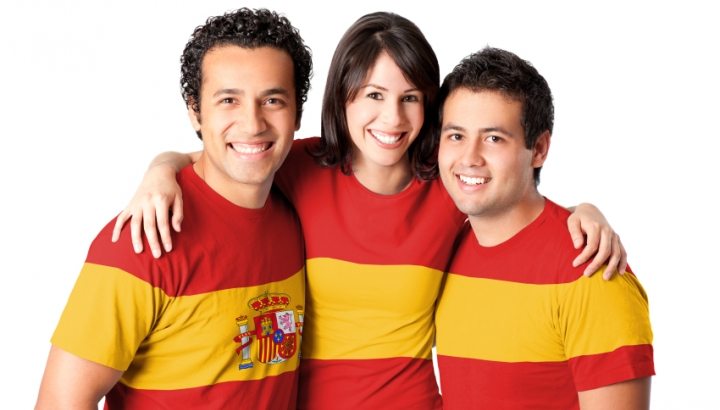
Understanding and speaking the Nonverbal Communication of a country improves your soft skills!
Discovering a foreign culture’s idiosyncrasies before arriving in another country can prevent embarrassing situations—especially when it comes to nonverbal cues. For example, certain gestures innocuous in America or northern Europe could offend a Spaniard. On the other hand, the Spanish tend to act more affectionately toward each other than Americans do. Preparing for these scenarios can also help you acclimate before arrival.
Affection
The Spanish traditionally show great affection for family and friends, greeting one another with hugs or touching cheeks while making kissing noises. Even male friends usually embrace when meeting. The Spanish also frequently touch one another while speaking, and tend to stand more closely than northern european people. When meeting for the first time, people traditionally shake hands. Men sometimes shake with two hands, placing their left hand on the other person’s forearm.
Body Language
The Spanish prize eye contact. This culture also relies heavily on body language. People often talk over one another, using their hands wildly to make a point or contorting their facial expressions to reflect their thoughts. Interrupting someone shows interest in what they say. When talking in Spain, your stance and facial expressions will convey your message as much—and possibly more than—the words you say. The Spanish also place a lot of emphasis on how people present themselves. Sometimes, especially in business meetings, a Spanish person will not express his opinion with words. He will, however, reveal his message through nonverbal cues.
Avoid Certain Actions
In countries like America, “come here” can be expressed by extending the index finger and pulling it toward the person gesturing. In Spain, however, this gesture carries sexual overtones. Instead, wave with your whole hand. Travelers should also avoid pointing because many cultures consider it rude. The Spanish also consider it rude for a person to toss something to someone else. If you must hand off a pen, for instance, consider walking across the room to deliver it. Watching for the “thief” gesture can also save you a headache. If someone sees a pickpocket, she will extend her hand, then touch each finger to the palm, one at a time
